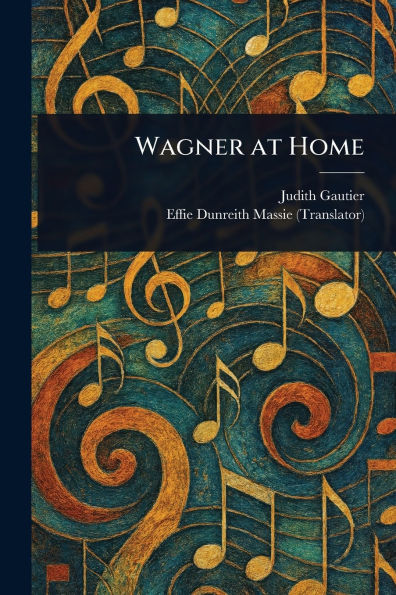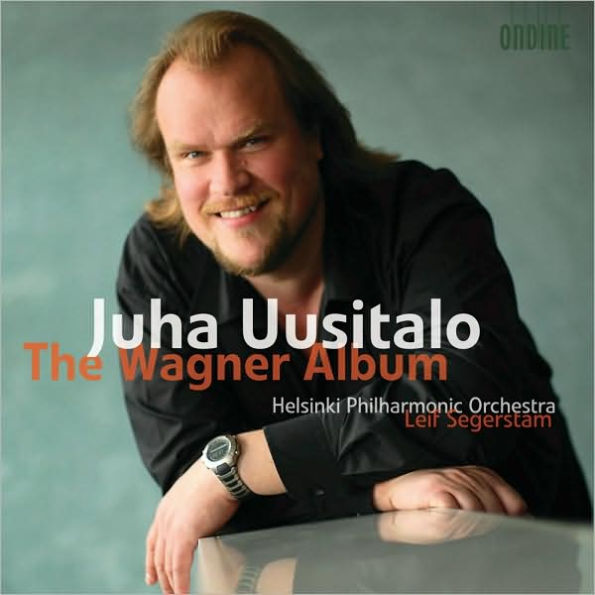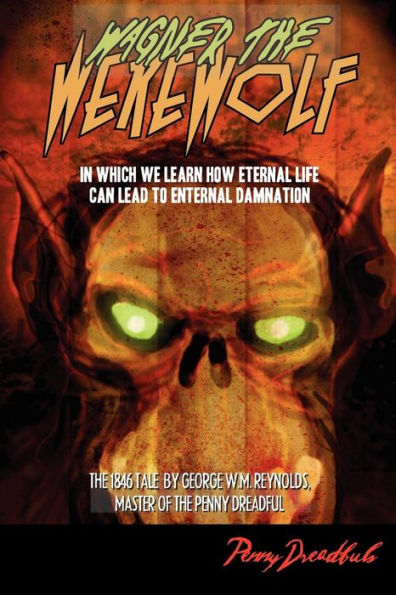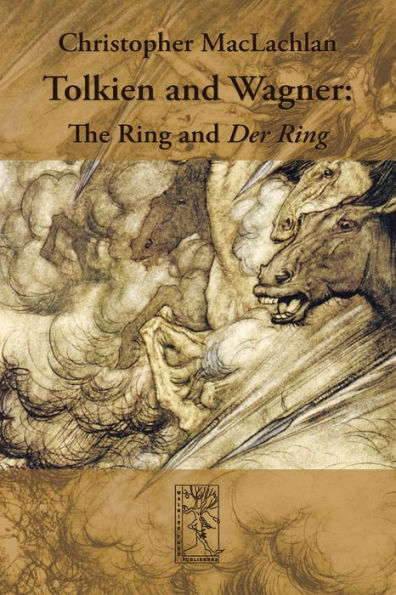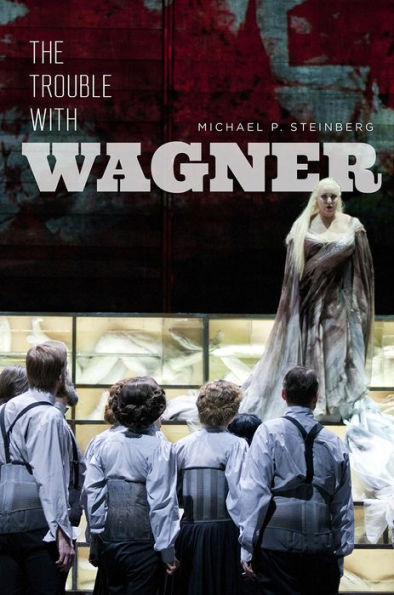Home
Klein and Wagner
Barnes and Noble
Loading Inventory...
Klein and Wagner in Bloomington, MN
Current price: $9.50

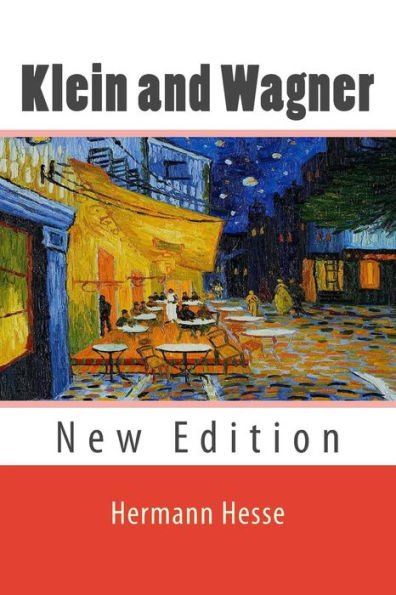
Klein and Wagner in Bloomington, MN
Current price: $9.50
Loading Inventory...
Size: OS
"
The most ruthless of Hesse's many self-exposures.
" Joseph Mileck
Klein and Wagner
tells the story of
Friedrich Klein
, a middle-aged clerk who has embezzled from his employer and escaped to Italy. However,
Klein
is not a common criminal, but rather a self-alienated, tormented bourgeois in search of peace and self-fulfillment.
While pondering his fate,
recognizes that his primary motivation was a compulsion and urge to murder his wife and children, which he could only avoid by entirely abandoning his old life. This dark drive is associated with the name
Wagner
, which alludes to the famous composer and also to an actual German schoolteacher who in September 1913 had killed his wife and children.
In spite of his flight,
fails to transcend his pain: instead of feeling liberated, he regards himself as a victim of his own thoughts, his brain a kaleidoscope in which the shifting images were directed by somebody else's hand.
Throughout the story,
repeatedly ponders suicide. In this desperate situation he meets
Teresina
, a young blonde courtesan who mingles with the local art crowd. He is increasingly drawn to her, although his stance remains ambivalent. To
, something about
symbolized vitality as well as a connection to the eternal feminine. But when
asks him about his background, he refuses to give a straight answer.
Among the most obvious features of
are the striking autobiographical parallels. By 1919,
Hesse
's first wife
Mia
had been diagnosed as mentally ill. The author was still uncertain whether to seek a divorce. In addition, he feared the responsibility for raising their three sons,
Bruno
,
Heiner
, and
Martin
. In the Spring of 1919,
finally succumbed to his urge to escape, left Bern for Ticino and settled down in the mountain village of Montagnola, where he wrote this story.
Whereas the character
remains trapped in his identification with
, writing down his story proved instrumental for
in overcoming his deep personal crisis. To
, writing
fulfilled a clear therapeutic purpose: "
is a part of
and will always be; without him, without the transference of my suffering into this mirror, I would not have been able to bear this suffering. It was my salvation that I escaped into solitude and lived completely, day and night, in my writing.
Strongly influenced by Expressionism,
is a modern "psychodrama" that introduces key themes and motifs that dominates
's writing during the following decade, including some striking connections to
Steppenwolf
.
The most ruthless of Hesse's many self-exposures.
" Joseph Mileck
Klein and Wagner
tells the story of
Friedrich Klein
, a middle-aged clerk who has embezzled from his employer and escaped to Italy. However,
Klein
is not a common criminal, but rather a self-alienated, tormented bourgeois in search of peace and self-fulfillment.
While pondering his fate,
recognizes that his primary motivation was a compulsion and urge to murder his wife and children, which he could only avoid by entirely abandoning his old life. This dark drive is associated with the name
Wagner
, which alludes to the famous composer and also to an actual German schoolteacher who in September 1913 had killed his wife and children.
In spite of his flight,
fails to transcend his pain: instead of feeling liberated, he regards himself as a victim of his own thoughts, his brain a kaleidoscope in which the shifting images were directed by somebody else's hand.
Throughout the story,
repeatedly ponders suicide. In this desperate situation he meets
Teresina
, a young blonde courtesan who mingles with the local art crowd. He is increasingly drawn to her, although his stance remains ambivalent. To
, something about
symbolized vitality as well as a connection to the eternal feminine. But when
asks him about his background, he refuses to give a straight answer.
Among the most obvious features of
are the striking autobiographical parallels. By 1919,
Hesse
's first wife
Mia
had been diagnosed as mentally ill. The author was still uncertain whether to seek a divorce. In addition, he feared the responsibility for raising their three sons,
Bruno
,
Heiner
, and
Martin
. In the Spring of 1919,
finally succumbed to his urge to escape, left Bern for Ticino and settled down in the mountain village of Montagnola, where he wrote this story.
Whereas the character
remains trapped in his identification with
, writing down his story proved instrumental for
in overcoming his deep personal crisis. To
, writing
fulfilled a clear therapeutic purpose: "
is a part of
and will always be; without him, without the transference of my suffering into this mirror, I would not have been able to bear this suffering. It was my salvation that I escaped into solitude and lived completely, day and night, in my writing.
Strongly influenced by Expressionism,
is a modern "psychodrama" that introduces key themes and motifs that dominates
's writing during the following decade, including some striking connections to
Steppenwolf
.
"
The most ruthless of Hesse's many self-exposures.
" Joseph Mileck
Klein and Wagner
tells the story of
Friedrich Klein
, a middle-aged clerk who has embezzled from his employer and escaped to Italy. However,
Klein
is not a common criminal, but rather a self-alienated, tormented bourgeois in search of peace and self-fulfillment.
While pondering his fate,
recognizes that his primary motivation was a compulsion and urge to murder his wife and children, which he could only avoid by entirely abandoning his old life. This dark drive is associated with the name
Wagner
, which alludes to the famous composer and also to an actual German schoolteacher who in September 1913 had killed his wife and children.
In spite of his flight,
fails to transcend his pain: instead of feeling liberated, he regards himself as a victim of his own thoughts, his brain a kaleidoscope in which the shifting images were directed by somebody else's hand.
Throughout the story,
repeatedly ponders suicide. In this desperate situation he meets
Teresina
, a young blonde courtesan who mingles with the local art crowd. He is increasingly drawn to her, although his stance remains ambivalent. To
, something about
symbolized vitality as well as a connection to the eternal feminine. But when
asks him about his background, he refuses to give a straight answer.
Among the most obvious features of
are the striking autobiographical parallels. By 1919,
Hesse
's first wife
Mia
had been diagnosed as mentally ill. The author was still uncertain whether to seek a divorce. In addition, he feared the responsibility for raising their three sons,
Bruno
,
Heiner
, and
Martin
. In the Spring of 1919,
finally succumbed to his urge to escape, left Bern for Ticino and settled down in the mountain village of Montagnola, where he wrote this story.
Whereas the character
remains trapped in his identification with
, writing down his story proved instrumental for
in overcoming his deep personal crisis. To
, writing
fulfilled a clear therapeutic purpose: "
is a part of
and will always be; without him, without the transference of my suffering into this mirror, I would not have been able to bear this suffering. It was my salvation that I escaped into solitude and lived completely, day and night, in my writing.
Strongly influenced by Expressionism,
is a modern "psychodrama" that introduces key themes and motifs that dominates
's writing during the following decade, including some striking connections to
Steppenwolf
.
The most ruthless of Hesse's many self-exposures.
" Joseph Mileck
Klein and Wagner
tells the story of
Friedrich Klein
, a middle-aged clerk who has embezzled from his employer and escaped to Italy. However,
Klein
is not a common criminal, but rather a self-alienated, tormented bourgeois in search of peace and self-fulfillment.
While pondering his fate,
recognizes that his primary motivation was a compulsion and urge to murder his wife and children, which he could only avoid by entirely abandoning his old life. This dark drive is associated with the name
Wagner
, which alludes to the famous composer and also to an actual German schoolteacher who in September 1913 had killed his wife and children.
In spite of his flight,
fails to transcend his pain: instead of feeling liberated, he regards himself as a victim of his own thoughts, his brain a kaleidoscope in which the shifting images were directed by somebody else's hand.
Throughout the story,
repeatedly ponders suicide. In this desperate situation he meets
Teresina
, a young blonde courtesan who mingles with the local art crowd. He is increasingly drawn to her, although his stance remains ambivalent. To
, something about
symbolized vitality as well as a connection to the eternal feminine. But when
asks him about his background, he refuses to give a straight answer.
Among the most obvious features of
are the striking autobiographical parallels. By 1919,
Hesse
's first wife
Mia
had been diagnosed as mentally ill. The author was still uncertain whether to seek a divorce. In addition, he feared the responsibility for raising their three sons,
Bruno
,
Heiner
, and
Martin
. In the Spring of 1919,
finally succumbed to his urge to escape, left Bern for Ticino and settled down in the mountain village of Montagnola, where he wrote this story.
Whereas the character
remains trapped in his identification with
, writing down his story proved instrumental for
in overcoming his deep personal crisis. To
, writing
fulfilled a clear therapeutic purpose: "
is a part of
and will always be; without him, without the transference of my suffering into this mirror, I would not have been able to bear this suffering. It was my salvation that I escaped into solitude and lived completely, day and night, in my writing.
Strongly influenced by Expressionism,
is a modern "psychodrama" that introduces key themes and motifs that dominates
's writing during the following decade, including some striking connections to
Steppenwolf
.


